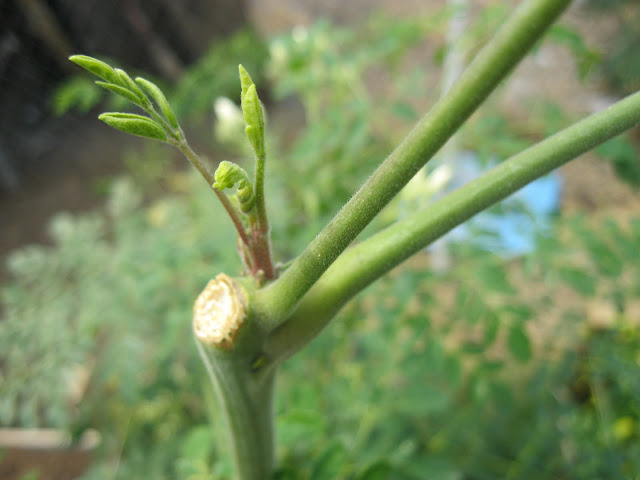I've been doing some work with free weights and have progressively been building more and more reps and speed. My shoulders and back have been messed up since I was a young man in the military, working long shifts, every day, on a small ship, bouncing around in the ocean, heaving giant cauldrons of food and dough around, etc.
Anyway, all the hard work is paying off. My shoulder is gaining stability and the pain is gradually receding. It's been painful for years and years. I don't remember ever not having pain in my back and shoulders. It's just something that you get used to.
It's strange though, every once in a while, some joint or vertebra gains a little extra range of motion or freedom and I'm not expecting it and there's a wierd grind or something slips. Using free weights helps because it builds muscle based on the available range of motion, rather then on some predetermined motion based on the structure of some machine.
Lately, I've been working on a project called
American Goji, which is my attempt to help build the general acceptance and usage of goji as a crop here in America. It is a low water requirement crop and it is excellent for mitigating erosion and drought in depleted or damaged soils.
My daughter and I were reading a book full of pictures from outer-space, taken by astronauts on NASA space flights, called Orbit, and it had a picture of some of the farms in the middle east, which draw water up from thousands of feet below the surface, then they desalinate it and use it to grow wheat. This made me think, what if they decided to use that water to grow perennial kinds of crops, that would build the bio-matter in the topsoil and actually beat the desert back.
It's just a general thing that's been bugging me lately. We went on a trip to Yosemite, and it was just horrible how much of the place has been burned recently. Luckily, right around our campsite, there was some green trees, but most of the way there all we could see was charred stumps and piles of deadwood getting ready to be burnt. The air was filled with ash and the sun was clouded out from the smoke. We came back early.
It just gave me a real appreciation for water. We've had a drought here in California for a while now, so I turn off the water in the shower when I'm scrubbing, and I wash dishes with a pot of water rather then by leaving the water running in the sink, but just seeing the devastation of the drought made me think, "There has to be something that we can do to prevent this."

I am not the kind of person that thinks that everything will just get better without some concerted effort by intelligent people. I personally believe that we are in an extreme carbon debt to the atmosphere. We have released so many millions of tons of carbon into the air, and haven't considered what could happen as a result. The president and people are talking about developing more clean energy, which is about reducing our carbon output, but we need to talk about reducing the existing carbon in the atmosphere back to a level that is safe. We need to grow more trees and plants to draw that carbon out of the air and bring balance back to our environment. There is a distinct possibility that all these changes in our atmosphere could have drastic and destructive consequences.

My system for propagating trees and plants is evolving and improving all the time. Today I discovered that 12 gauge electrical wire is useful for many things. My father was an electrical contractor and one of the things he left me was a pile of electrical stuff, which included several spools of 12 gauge wire. Iron wire rusts when it's exposed to moisture, but copper wire just oxidizes a little. Plus, electrical wire has a nifty plastic coating on it that further protects it from moisture.

The amazon jungle is one of the most extreme examples of deforestation. The jungle there has been drawing tons and tons of carbon out of the atmosphere every year, but it is also being chopped down and populated at an amazing rate. Now we have to figure out how to generate that kind of a carbon sink. I hate doing research about it because it's just so fricking depressing. All the millions and millions of acres of rich forest that were just chopped down and then cultivated ignorantly to produce maximum crop output for a couple of years without concern or interest in taking care of the land so that it could sustainably produce crops for longer periods of time.

It's just so sad on so many levels. Reduction in biodiversity, disrespect for a very complex and necessary structure, waste of natural resources, ignorance in industry, displacement of indigenous peoples. ug. I really like beef, but knowing what i know about the industry makes me want to never even touch the stuff. Beef in and of itself isn't bad, but much of the destruction of rainforest that is occurring is related to beef production.

Another one of the many things that I'm working on is a system that can support beef production in the US, or at least on our continent. There are some factors that still need to get worked out, but it is coming. %50 percent reduction in livestock production costs, %40 percent increase in dairy production. 250 tons per acre of open land, with an estimated 750 tons of production per acre in greenhouses. Only 30% of that is edible as food for people or livestock, but those are still some insane numbers when you consider alfalfa only produces about 11 tons per acre under optimum conditions.
Any major country with this technology and some land that is in zone 3 or warmer could feed the rest of the world.
It just seems strange to me that there is so much attention and resources going into developing new strains of corn or wheat, and so little attention going into millet, barley and all the other grains and plants that have naturally developed to have drought resistant qualities. Why isn't there more industrial development in producing products that use these cheaper, easier to grow grains that are also nutritious for people? We talk about how a vegetarian diet is good for the planet, but why don't we support our efforts to obtain the necessary nutrition that we require as humans by producing more products that use more nutritious grains?
Well, anyway, that is all kind of atmospheric. The shifter on my bike is going out on the top and bottom gears. I used to keep it in the highest gear and just drive everywhere like that, but since we put the trailer on it, I've been adjusting it back and forth based on my ability to haul my daughter around. I am definitely getting old.
So, that's pretty much it. I just wrote an article about
growing goji from seed, although there aren't any pictures yet. Pictures really make the article, don't you think so?






















































